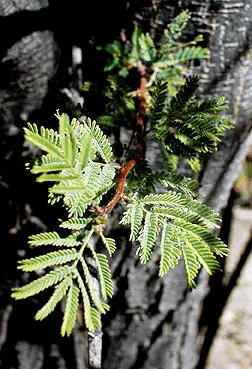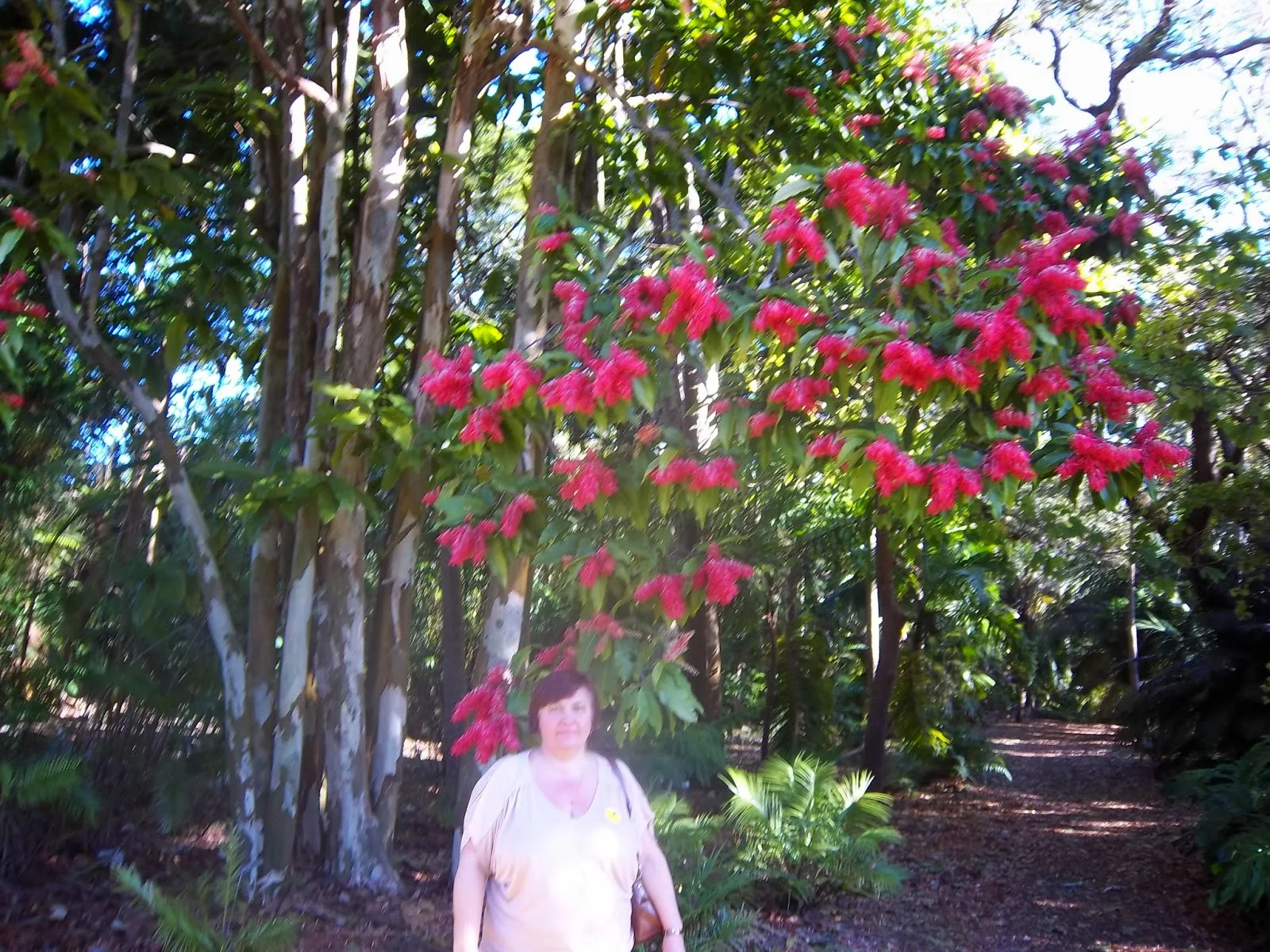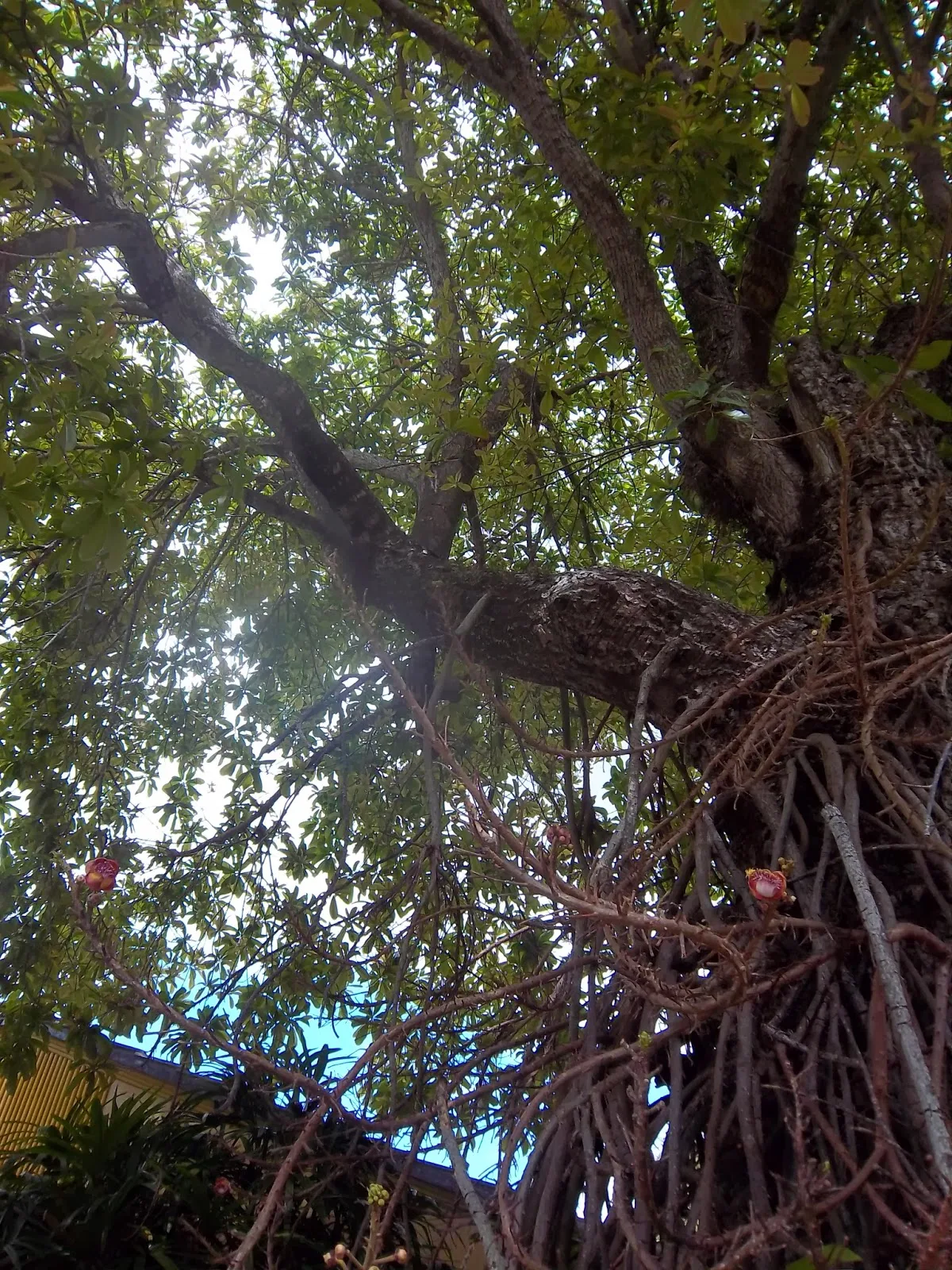By Liliana Usvat
Blog 245-365
Common Name: Raisin Tree, Japanese Raisin Tree, Oriental Raisin Tree
Scientific Name: Hovenia dulcis
Family: Rhamnaceae (the Buckthorn family)
Description:
The Raisin Tree is a unique plant. The edible portion of the tree is not actually the fruit. The fruit itself is small, hard, pea-sized, and not edible. But the stem or stalk of the fruit, once the fruit is mature, will swell up and become gnarled. It is this fruit stalk, technically called a rachis, that is edible.
Flowering: Early Summer. Flowers are small but very numerous
Uses
Blog 245-365
Common Name: Raisin Tree, Japanese Raisin Tree, Oriental Raisin Tree
Scientific Name: Hovenia dulcis
Family: Rhamnaceae (the Buckthorn family)
Description:
The Raisin Tree is a unique plant. The edible portion of the tree is not actually the fruit. The fruit itself is small, hard, pea-sized, and not edible. But the stem or stalk of the fruit, once the fruit is mature, will swell up and become gnarled. It is this fruit stalk, technically called a rachis, that is edible.
Flowering: Early Summer. Flowers are small but very numerous
Uses
- Edible Fruit Stalk – Can be eaten raw or cooked. Reported to have a flavor similar to Asian Pears or candied Walnuts. The fruit stalks can be dried and then have a flavor and texture more like a raisin. (here is a fun article about cooking with the Raisin Tree)
- Extract – An extract from the fruit stalks and other parts (young leaves and small branches?) is made in China. It is called “tree honey” and is used as a honey substitute. It is used for making sweets and even a type of wine!
- Wildlife food for both birds and small mammals.
Medicinal Uses
There is some research to support that the antioxidants in this plant (hodulcine, ampelopsin, quercetin) has liver protecting and anti-inflammatory effects.
It provides superior antioxidant activity effect to world’s famous ‘manuka’ honey produced in New Zealand.
Reforestation
Drought Tolerant Plant
Permaculture
A unique, large, fast-growing tree that bears sweet, edible peduncles tasting similar to a combination of raisin, clove, cinnamon and sugar & with medicinal properties!
Mature trees can yield 5-10 pounds of edible fruit stalks.
Tolerates light to medium shade, but fruits earlier and in larger quantity in full sun.
















































